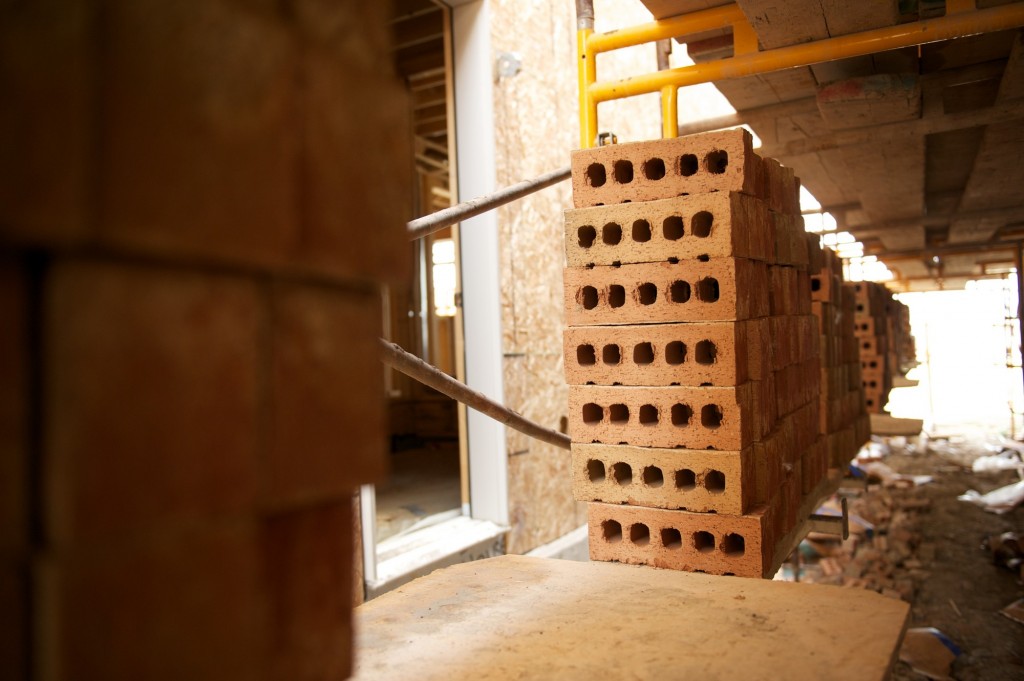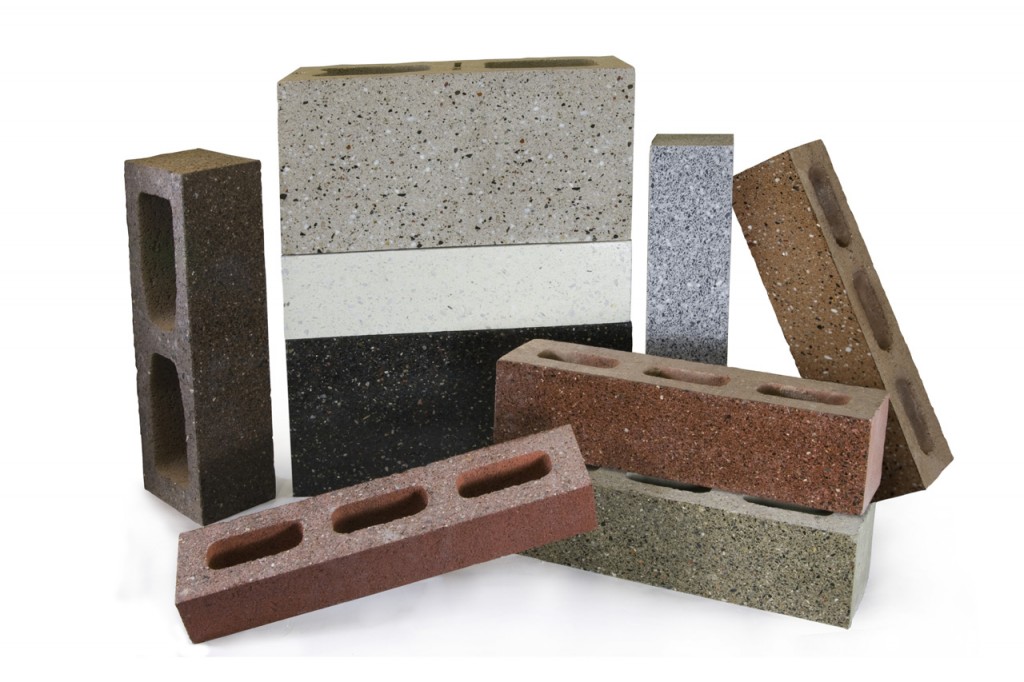Brick is one of the most popular exterior materials – it is beautiful and provides a solid, well-made structure. A brick is a unit of material used in masonry construction by skilled masons using mortar. Bricks come in many sizes, but usually in a width and weight suitable to grasp in one hand while holding a trowel in the other.
Different clays produce different colors. Natural coatings, such as sand and limestone, can be added during the firing process to produce different colors, effects, textures and finishes. In addition, the brick’s position in the kiln can affect the final look.

